





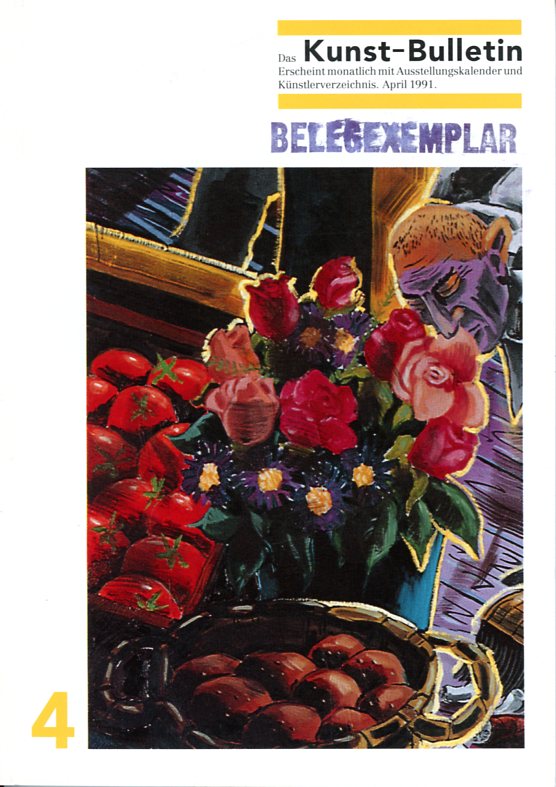
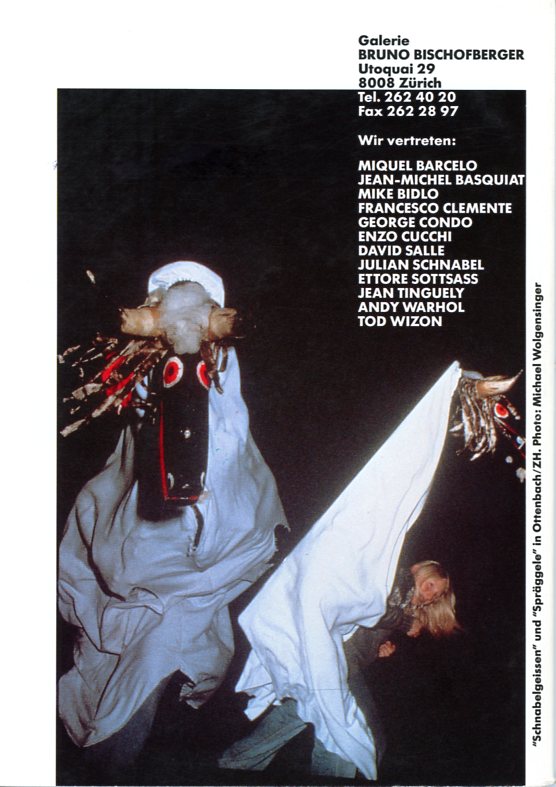



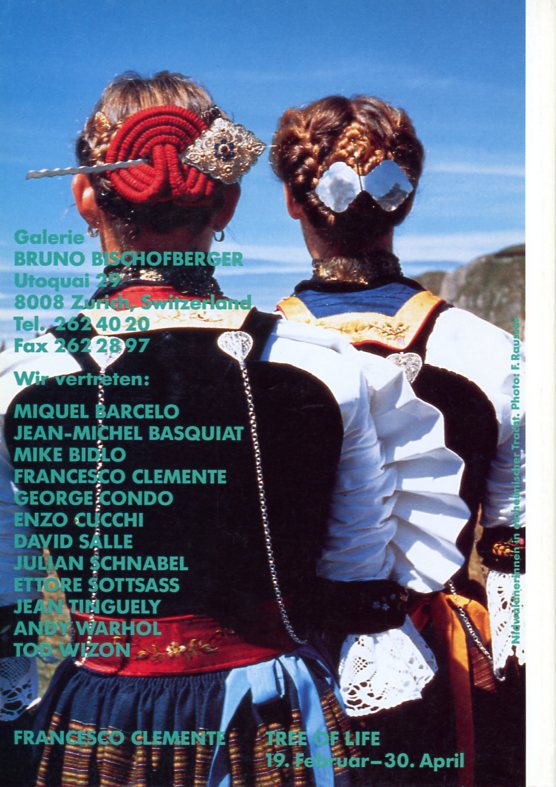

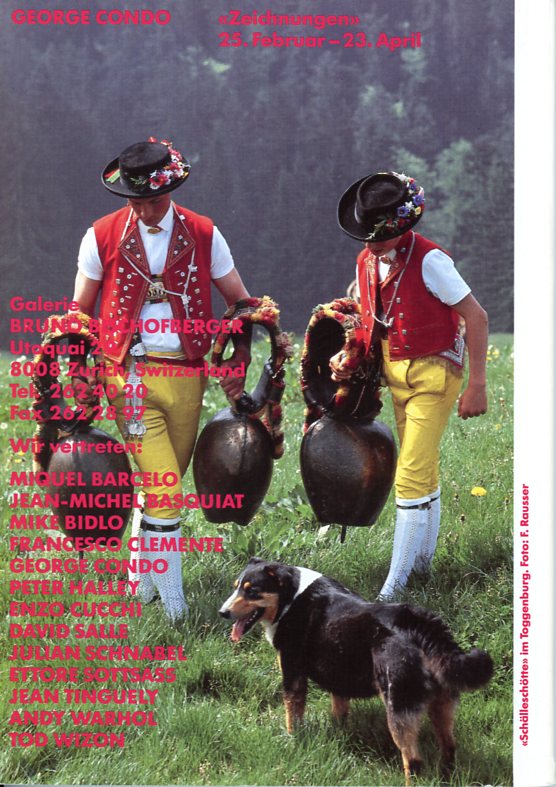

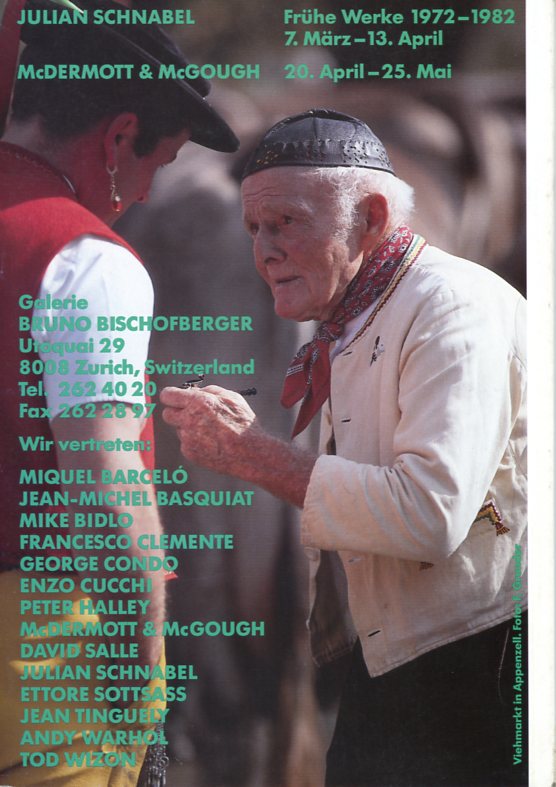


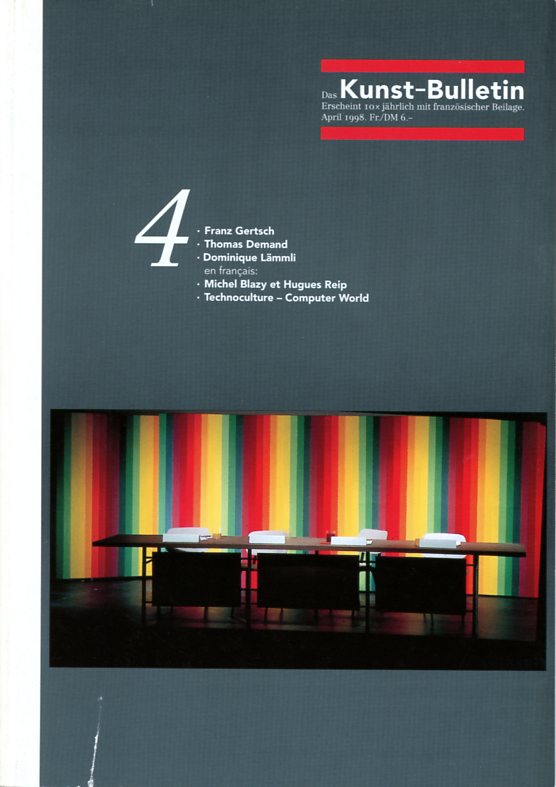

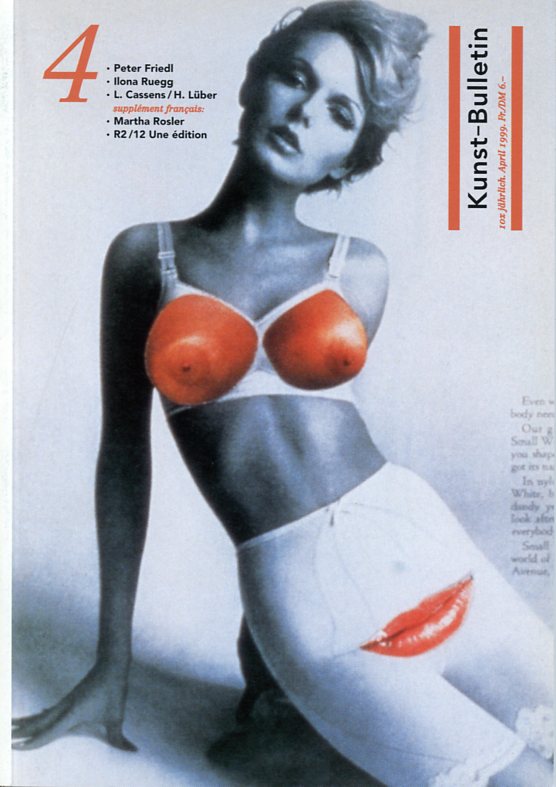













BACK COVERS. SUMMER FALL WINTER SPRING. THE ADVERTISMENTS OF GALERIE BRUNO BISCHOFBERGER IN ARTFORUM AND KUNSTBULLETIN. Since 1987, Galerie Bruno Bischofberger has combined the advertisements for its gallery program with images of traditional Swiss life; a montage of contrasts that brings local traditions face to face with a globalized art world’s cosmopolitan self-image. For roughly thirty years, the advertisement series has appeared parallel in the art magazines Artforum and Kunstbulletin and has helped the gallery achieve a high level of recognizability. Curated by Peter Fischli and Hilar Stadler at Bellpark Kriens in 2018.
Comment by user Thomas Schlup: “Ländliches Brauchtum, verwurzelt in Volk und Scholle. Keine billige Touristenfolklore. Die Zinggen in der Landschaft heissen im Volksmund ‘Toblerone’. Sie dienten einst als Panzersperren. Die Titelseiten sind ein Spiegel der Zeit, die in Dialog treten mit den Fotos, mit denen Bruno Bischofberger auf seine Galerie hinweist. Das ‘Kunstbulletin’ begleitet uns auch heute noch verlässlich.”
Stefan Altenburger

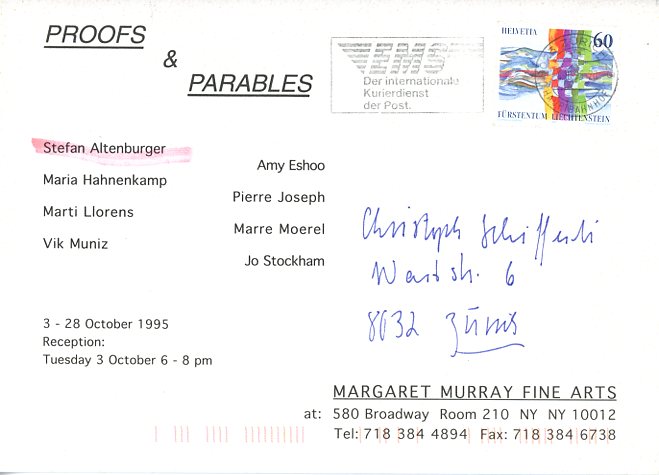
Stefan Altenburger most probably sent this invitation card to Christoph Schifferli announcing his new show in New York at Margaret Murray Fine Arts. Murray later run Murray Guy Gallery, which closed the doors of its Chelsea gallery in 2017 after 19 years of exhibitions.
Stefan Banz (1961-2021) on Altenburger: “Like Percy Rainford, Stefan Altenburger is a master of precision and restraint. He puts himself entirely at the service of the subject matter and does everything in his power to do photographic justice to the character and presence of a work of art.” Source
Today, Stefan Altenburger is an established photographer documenting exhibitions and artworks for numerous galleries, museums, and artists. If you google his name, this information shows on wikipedia: “Stefan Altenburger (Zürich, 1968) is a Swiss visual artist who is best known as musician Golden Boy for his collaborations with Miss Kittin such as the club hit “Rippin Kittin.”[1]
Rirkrit Tiravanija, Glasgow 1999

Community Cinema For a Quiet Intersection (Against Oldenburg) was an early, community-driven project by Rikrit Tiravanjia in Glasgow 1999. Here some pictures on flickr.
“The Thai artist Rikrit Tiravanja created the installation Community Cinema For a Quiet Intersection (Against Oldenburg) as part of the City of Architecture Festival in Glasgow, Scotland, in September 1999. He created a temporary outdoor cinema composed by four screens and accompanied by a Thai café right on the traffic intersection in a residential neighbourhood in Glasgow and after dusk showed films that had been chosen by the local community: Casablanca, A Bug’s Life, The Jungle Book and It’s a Wonderful Life were shown in parallel on the our screens.” Anna Schober, The Cinema Makers: Public Life and the Exhibition of Difference in South-Eastern and Central Europe Since the 1960s .
Heimo Zobernig – Gespräch mit Denys Zacharopulos

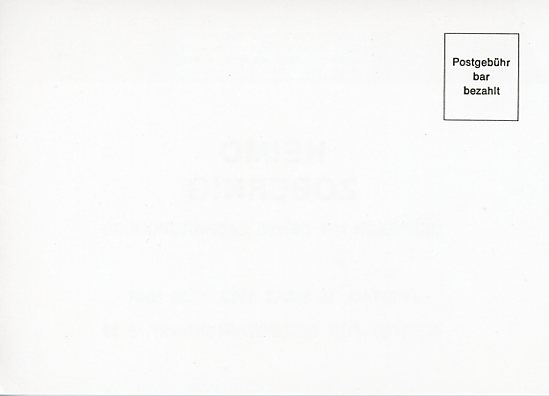
Heimo Zobernig is one of the most interesting graphic designer of the art world, and beyond. He is also a brilliant artist and an unconventional and clearheaded thinker. Denys Zacharopoulos is an art historian and theorist. He was a curator, amongst others, at the 48th Biennale in Venice and documenta IX in Kassel, and an influential curator and writer in the 1990s. Here is a interview with Zacharopoulos.
Walcheturm / Franziska & Bruno Mancia




In the early 90s the invitation cards of Zurichs legendary Galerie Walcheturm (run by Eva Presenhuber) showed the gallery space and its visitors instead of artworks or exhibitions. These invitations cards were intriguing and made us happy. It felt like a different way of doing things and it was. All pictures were taken by Franziska & Bruno Mancia (FBM Studio, see their book documenting their practice here)
Das Grafische Werk von Martin Kippenberger
Martin Kippenberger erklärte seine Einladungskarten zum grafischen Werk: “Ich habe dann ein paar Dinge im Sinne eines Wiedererkennungsprinzips genommen, wie zum Beispiel auf den Einladungskarten, wo ich drauf bin, und die dann zu meinem graphischen Werk geworden sind. Wer alle Karten gesammelt hat, hat das komplette graphische Werk von Kippenberger.” (aus Martin Kippenberger Kippenberger leicht gemacht, Interview mit Daniel Baumann, Genf, 1997) Für mehr Kippenberger Karten, hier klicken.
Dan Graham


Anonymous user comment: “I like this card because it reminds me of the first time that my good friend talked to me about meeting Dan Graham.”
Invitation cards using books




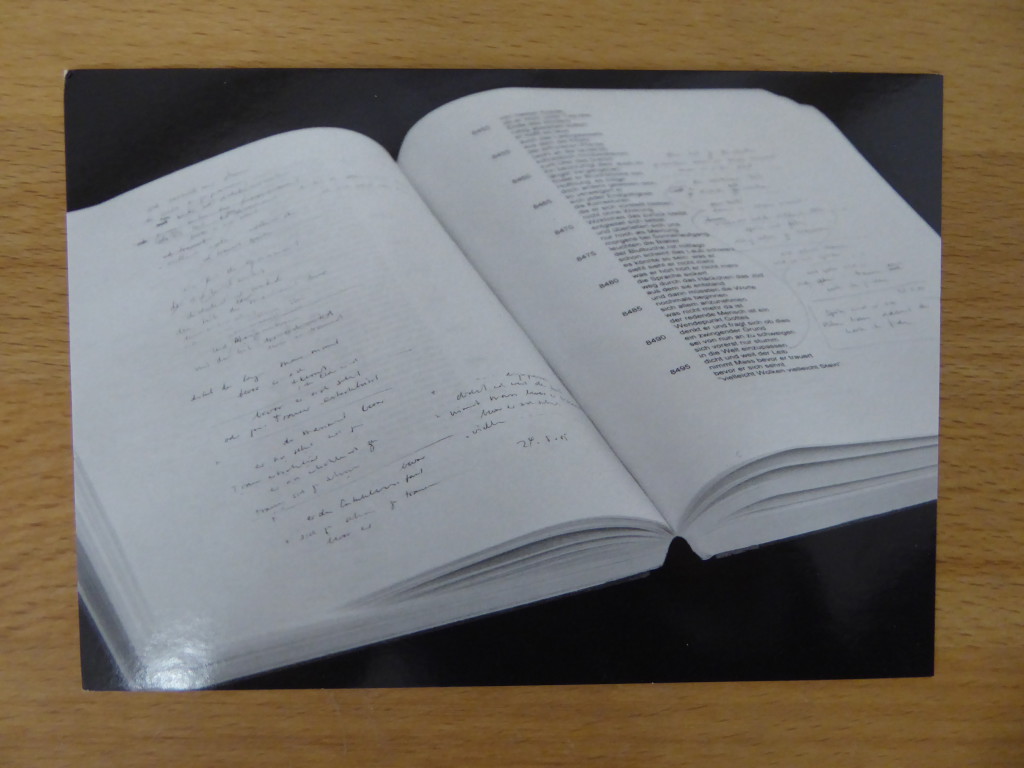










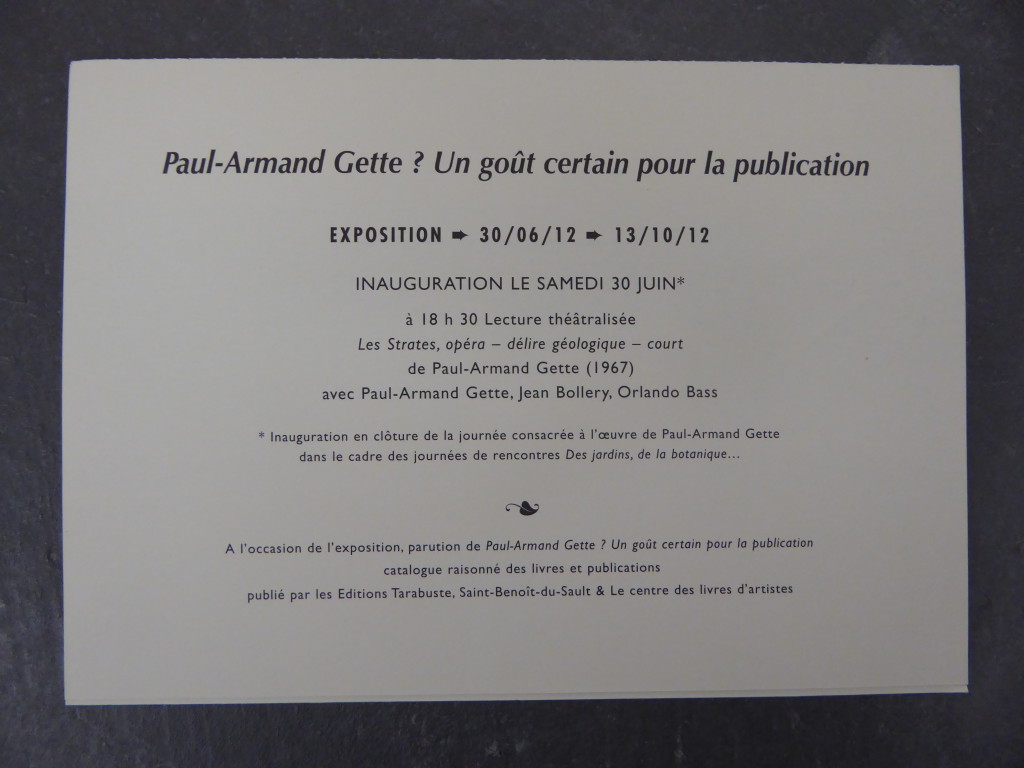





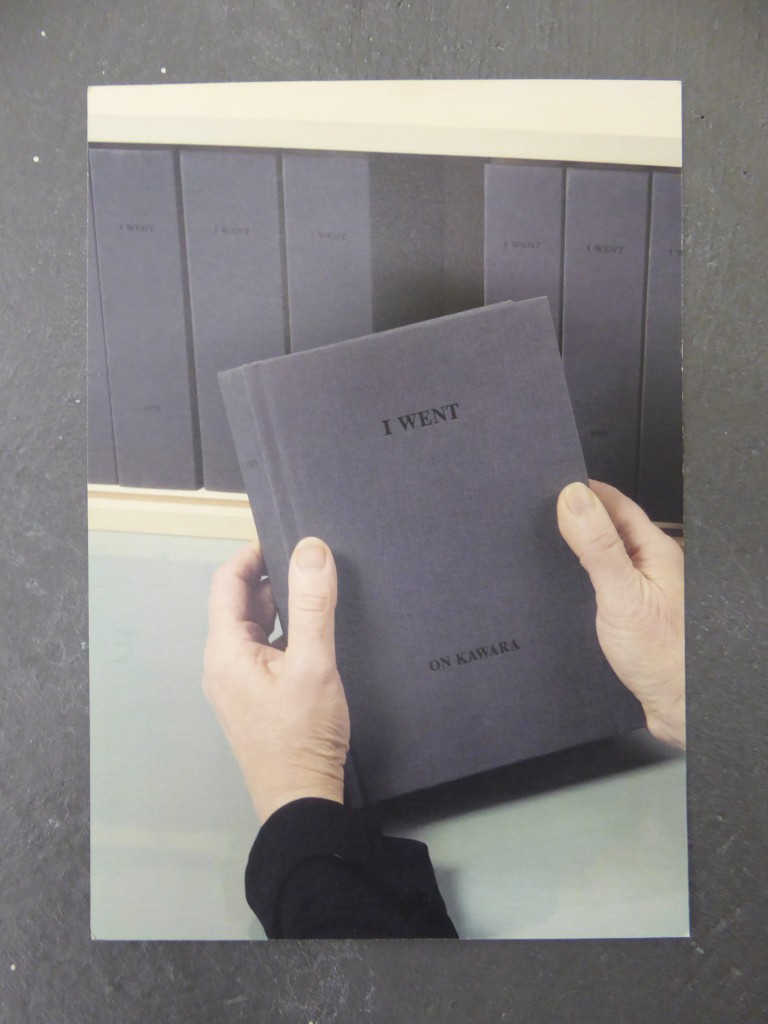




















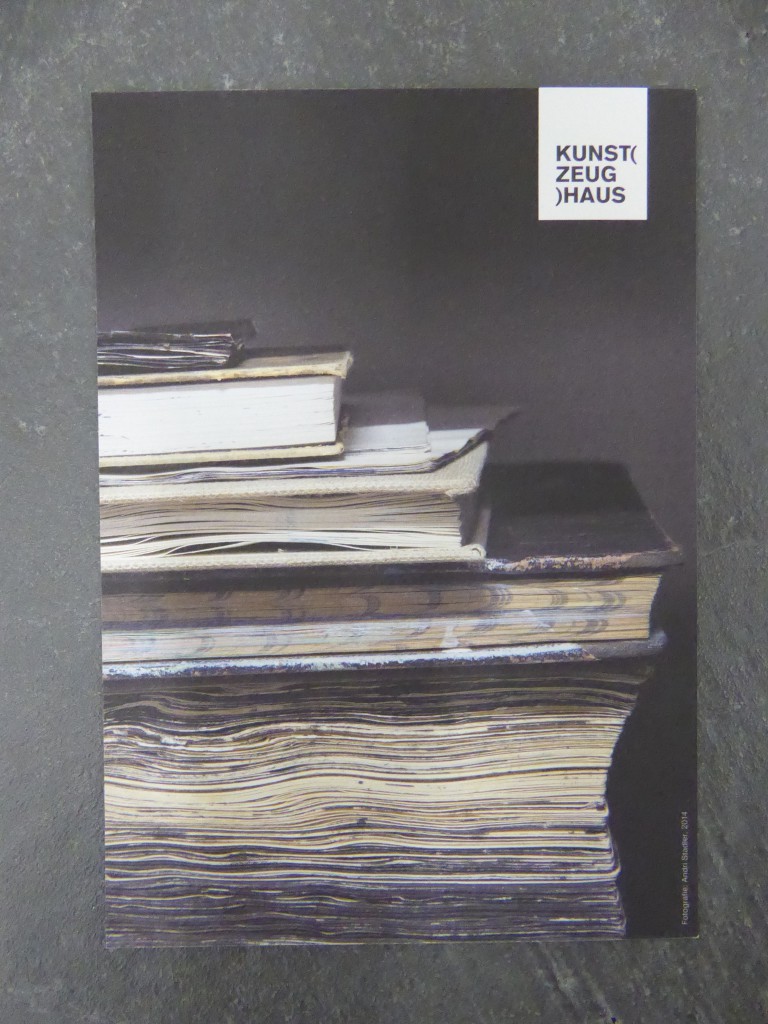


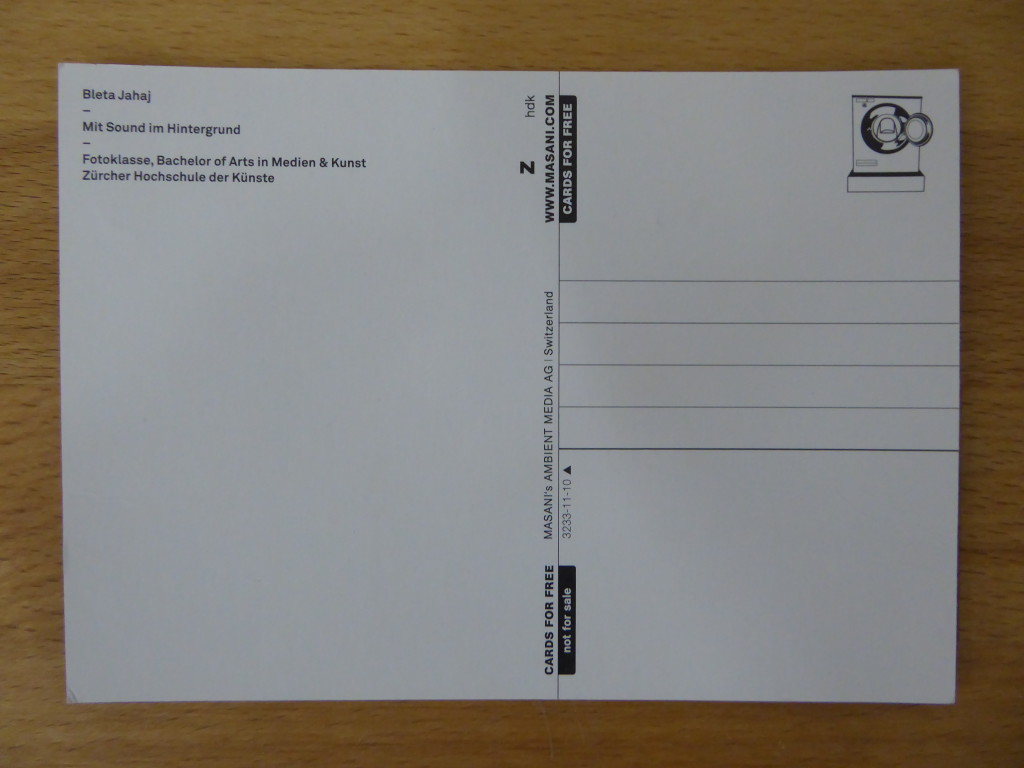


Yesterday I was musing on the fact that so many invitation cards use books in their design – whether it be images of book covers, photographs of real books, paintings or drawings of books, stacks of books, self made books, images from performances using books…..and then Daniel came in and I was explaining my idea to him and he mentioned that Christoph Schifferli, from whose personal collection a lot of the invitation cards in this exhibition come from, had himself planned an entire wall in the exhibition based around the concept of cards using printed matter – a nice serendipity. I was a little stricter in my choice though and only photographed cards using books, not printed matter in general.
 follow
follow


